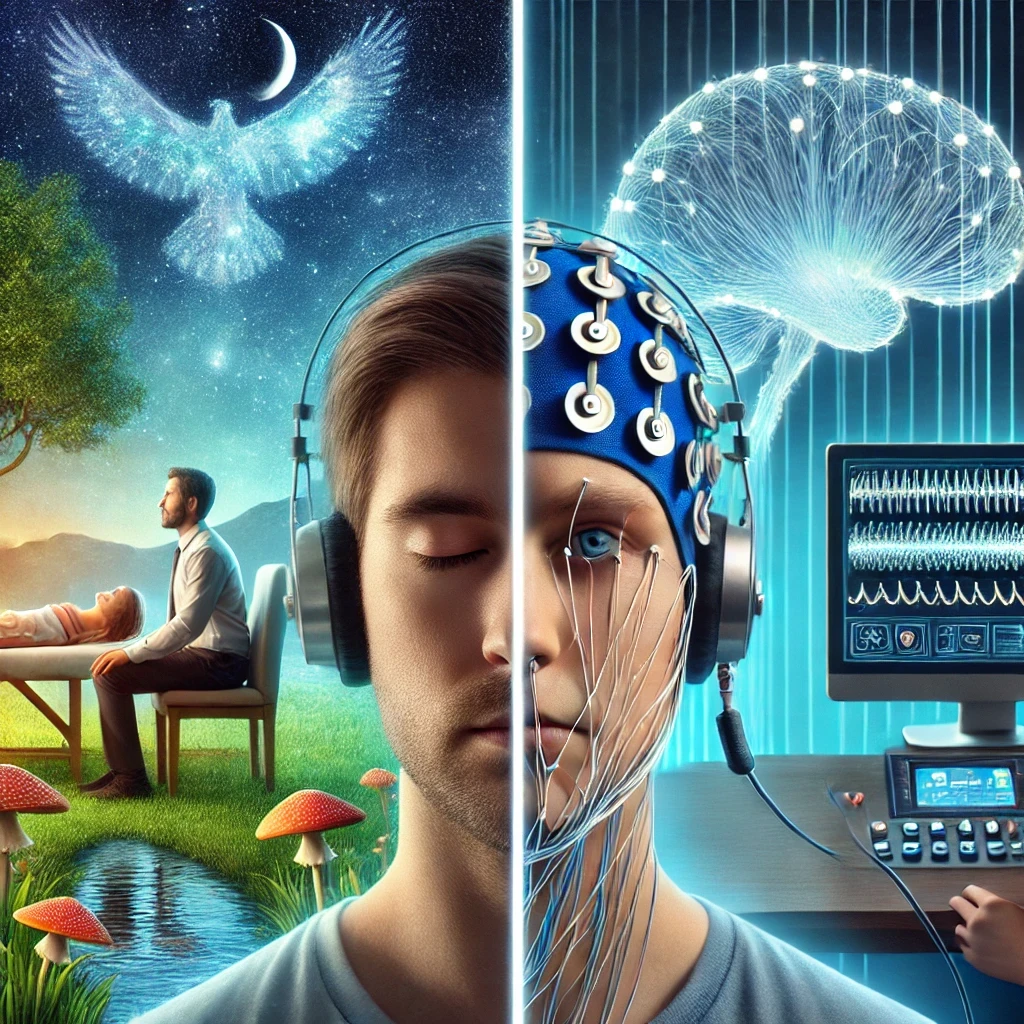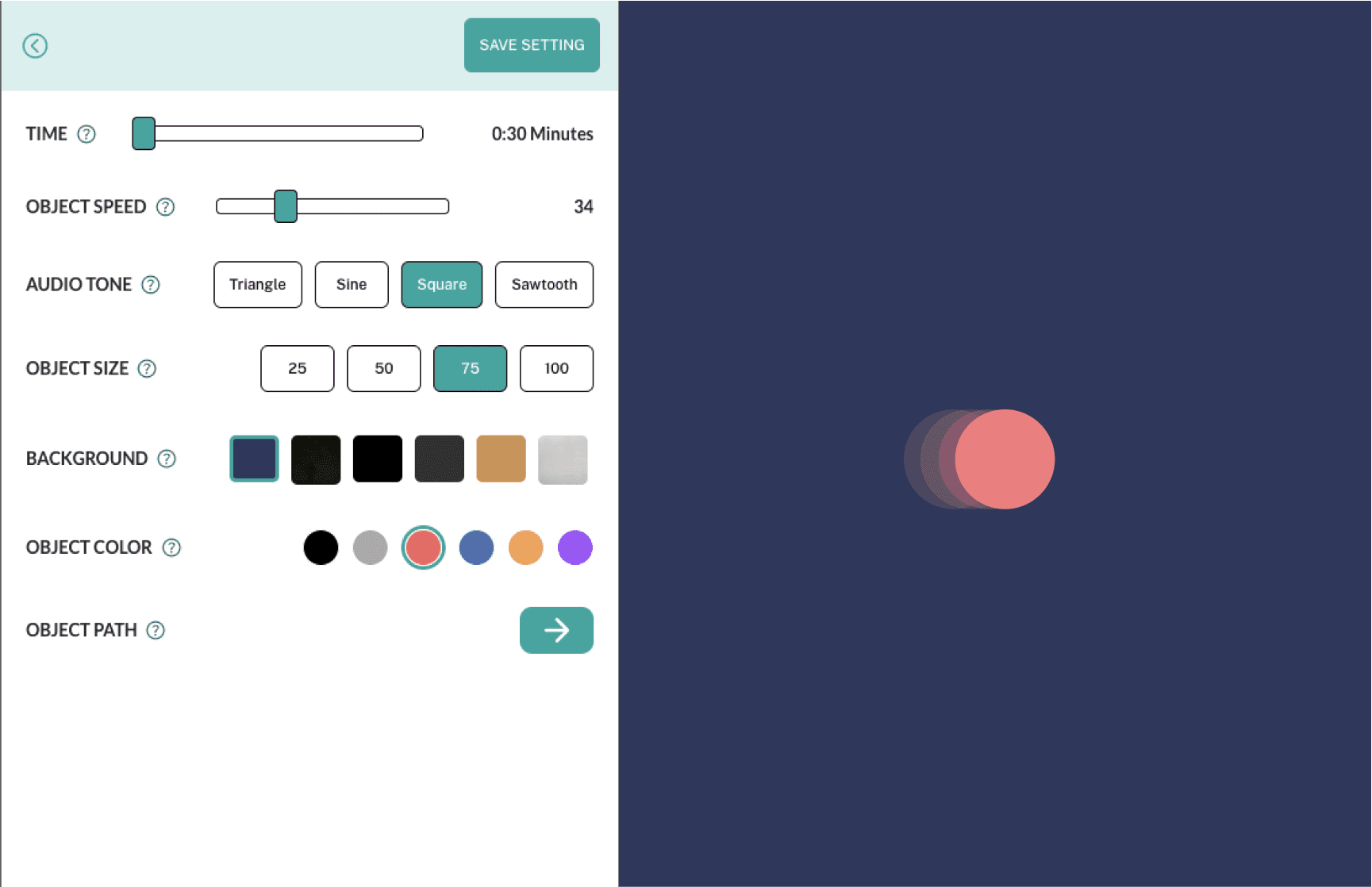Emdr vs Neurofeedback: Which Trauma Treatment is Right for You?
Oct 9, 2024

Emdr vs Neurofeedback: Which Trauma Treatment is Right for You?
When it comes to treating trauma and mental health issues, EMDR (Eye Movement Desensitization and Reprocessing) and Neurofeedback are two increasingly popular therapies that offer effective approaches and have changed people's lives.
Both have their unique strengths, and In this article, we’ll explore the differences between these two powerful treatments, how they work, and which might be right for you.
What is EMDR?

EMDR, or Eye Movement Desensitization and Reprocessing, is a form of psychotherapy designed to help people process traumatic memories in a healthier way.
It’s effective for people suffering from post-traumatic stress disorder (PTSD), complex PTSD, anxiety disorders, and even traumatic brain injury (TBI).
The therapy uses bilateral stimulation, often through rapid eye movements, to activate the brain’s natural healing processes.
During an EMDR session, a therapist guides you to focus on a traumatic event while simultaneously experiencing some form of bilateral stimulation—this could be eye movements, sounds, or taps.
This basically means both sides of your brain are stimulated.
The goal is to reprocess traumatic events so they no longer trigger intense emotional or physical responses. Instead of being stuck in the "fight or flight" response, your brain can finally recognize that the danger has passed, and it’s safe to move forward.
Many patients have found EMDR to be particularly effective in treating PTSD symptoms, panic attacks, and chronic stress. The therapy works by changing the way your brain processes the trauma, helping to release you from its grip. It’s a powerful method, and the results can be life-changing.
What is Neurofeedback?

Neurofeedback is a type of biofeedback that focuses on training your brain to regulate its activity more effectively. It measures your brainwave patterns using EEG biofeedback (electroencephalogram) technology and provides real-time feedback.
This helps you learn how to improve your brain’s functioning, much like training a muscle at the gym.
There are various types of Neurofeedback, including LENS Neurofeedback (Low Energy Neurofeedback System) and NeurOptimal® Neurofeedback, each with its own approach to helping the brain self-regulate. In a typical Neurofeedback session, you’ll wear a set of electrodes that measure your brainwave activity.
Through real-time feedback—often involving interactive elements like video games—your brain learns how to adjust its activity patterns to more optimal states.
Neurofeedback has shown significant promise in treating a wide range of conditions, from chronic pain and sleep disorders to eating disorders and developmental trauma.
It’s especially useful for people dealing with emotional regulation issues, chronic stress, and even complex mental health conditions like traumatic brain injuries.
How EMDR Works
One of the most fascinating aspects of EMDR is how it targets the brain’s response to traumatic experiences. During a session, clients are guided to focus on a distressing memory while engaging in bilateral stimulation.
This technique essentially helps the brain “digest” the memory in a healthier way, reducing the emotional charge that’s been trapped in the nervous system.
EMDR is especially helpful for treating traumatic memories, whether those stem from a single event or complex trauma that has occurred over time.
I’ve found that clients who have experienced prolonged exposure to trauma—like in cases of complex PTSD—often benefit greatly from EMDR.
The therapy doesn’t just help you reprocess the trauma; it enables you to finally break free from the emotional and physical responses that have been holding you back.
A significant benefit of EMDR is that it doesn’t require extensive talking about the trauma, which can be incredibly beneficial for those who find it difficult to relive or verbalize their experiences.
How Neurofeedback Works
While EMDR works by reprocessing memories, Neurofeedback focuses on retraining the brain’s overall electrical activity.
This therapy is all about optimization: improving your brainwave patterns so your brain functions more effectively, both during moments of calm and in response to stress.
The brain is incredibly adaptive, and Neurofeedback takes advantage of this flexibility. During a session, a clients brain waves are monitored while doing a simple activity.
Something like listening to music. Based on the real-time brain activity you are given feedback.
If your brain waves have negative patterns then the music stops. Based on this your brain learns to self-correct and move towards healthier patterns of functioning.
This can improve mental clarity, focus, and emotional stability. This process of training the brain is called neurofeedback training.
Which is Right for You?
You might be thinking that you have to choose either EMDR or neurofeedback.
However, you have another option: to do both, which tends to work extremely well.
It is important to remember that even if you choose wrong, it's not the end of the world.
It is far more important that the quality of therapy you receive, than the actual forms of therapy.
The end goal can be reached with both types of therapy. The only difference will be the time it might take you.
Even this time difference is not going to be significant as both paths take usually take a while.
Sadly there is no quick fix and the important thing is that you start improving today and slowly you will see the change.
EMDR is a particularly effective treatment for:
Emdr works best if a person is dealing with Single Incident Traumatic memories
Clients who need to talk and prefer some verbal communication.
Trauma processing that requires more than just cognitive understanding—EMDR helps the body and brain release trauma.
Integrating with other forms of psychotherapy like talk therapy.
If you do not have access to an EMDR therapist or the funds for therapy, EMDR can be done safely with the help of self-therapy applications. More on this at the end of the article.
EMDR considerations
More affordable
Widely available
Requires you to learn some basic skills to help container the strong emotions that come up during the session.
EMDR can also be used for complex traumas that have a deep emotional or physical charge. Along with PTSD, anxiety disorders, and panic attacks. however, neurofeedback might be better in these scenarios
Neurofeedback is ideal for:
Works well with conditions related to brainwave dysregulation, such as chronic pain, sleep disorders, and eating disorders.
Clients looking to improve their overall brain function and emotional regulation.
It is more effective than EMDR for clients that have chronic fatigue, fibromyalgia, Gut Intestine problems, and other physical issues.
Complex PTSD in most cases is better served with neurofeedback training.
Side Effects and Considerations
While both EMDR and Neurofeedback are generally considered safe, it’s important to be aware of potential side effects.
Everybody processes trauma in different ways, so your journey might be different.
EMDR
During the process, you will usually go through a phase where you will notice a lot of healing symptoms. These often cause discomfort, but are proof that the healing process is in progress.
Emotional distress: Patients may experience heightened anxiety, sadness, or anger during or after sessions.
Physical symptoms: Some people report headaches, dizziness, fatigue, nausea, or other minor aches and pains.
Increased dreams or nightmares: The brain processes traumatic material through dreams, which can lead to an increase in dreams or nightmares.
Heightened emotionality: Patients may feel more emotionally sensitive and aware for several days after an EMDR session.
Lightheadedness
Clients may feel vulnerable.
The important thing to note is that the combination of EMDR with flash therapy can greatly reduce this risk of re-traumatization.
This also prevents a lot of emotional distress.
Neurofeedback
For Neurofeedback, some clients may experience headaches or mild fatigue after a session. This is usually a sign that the brain is adapting to new patterns, and these side effects tend to resolve quickly.
Headaches
Fatigue
Anxiety
Drowsiness
Nausea
Impaired concentration
Both therapies can be a valuable part of a comprehensive treatment plan, and the maximum benefit can be gained by doing both.
Choosing the Right Therapy
When deciding between EMDR and Neurofeedback, make an assessment of your unique mental health goals and life experiences. Then use the points above to see what you feel the most comfortable with.
It’s always a good idea to consult with a trained therapist or neurofeedback practitioner to assess which therapy can bring the most significant improvements in your daily life.
We built a self-therapy EMDR and Flash therapy website and offer a free intake session to see if we are a good fit. Click the link below to book a slot.
https://calendly.com/arkhitect/intakesession
